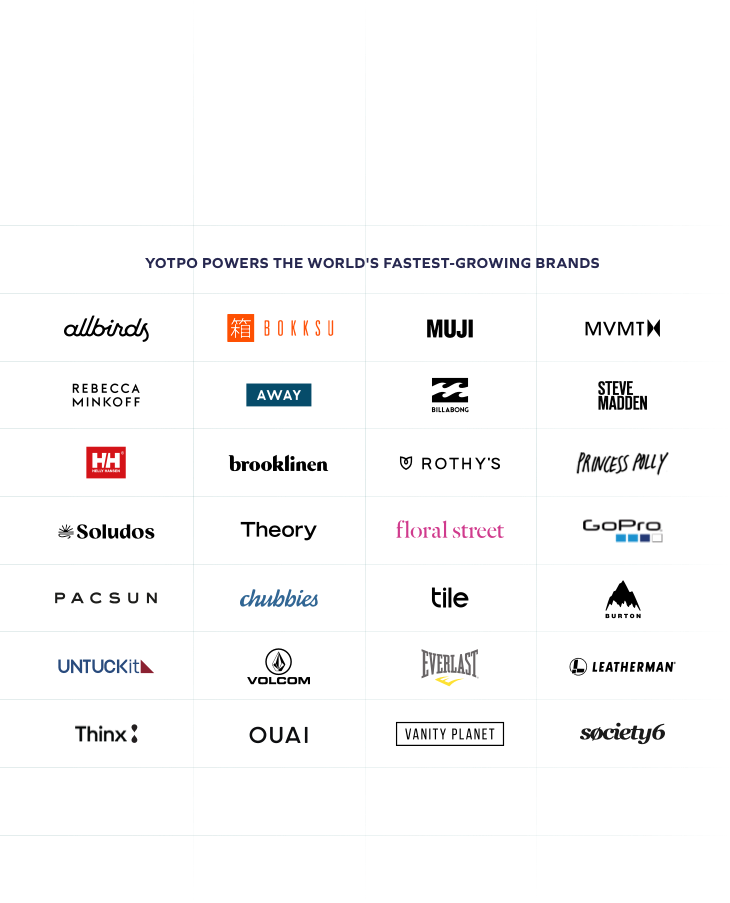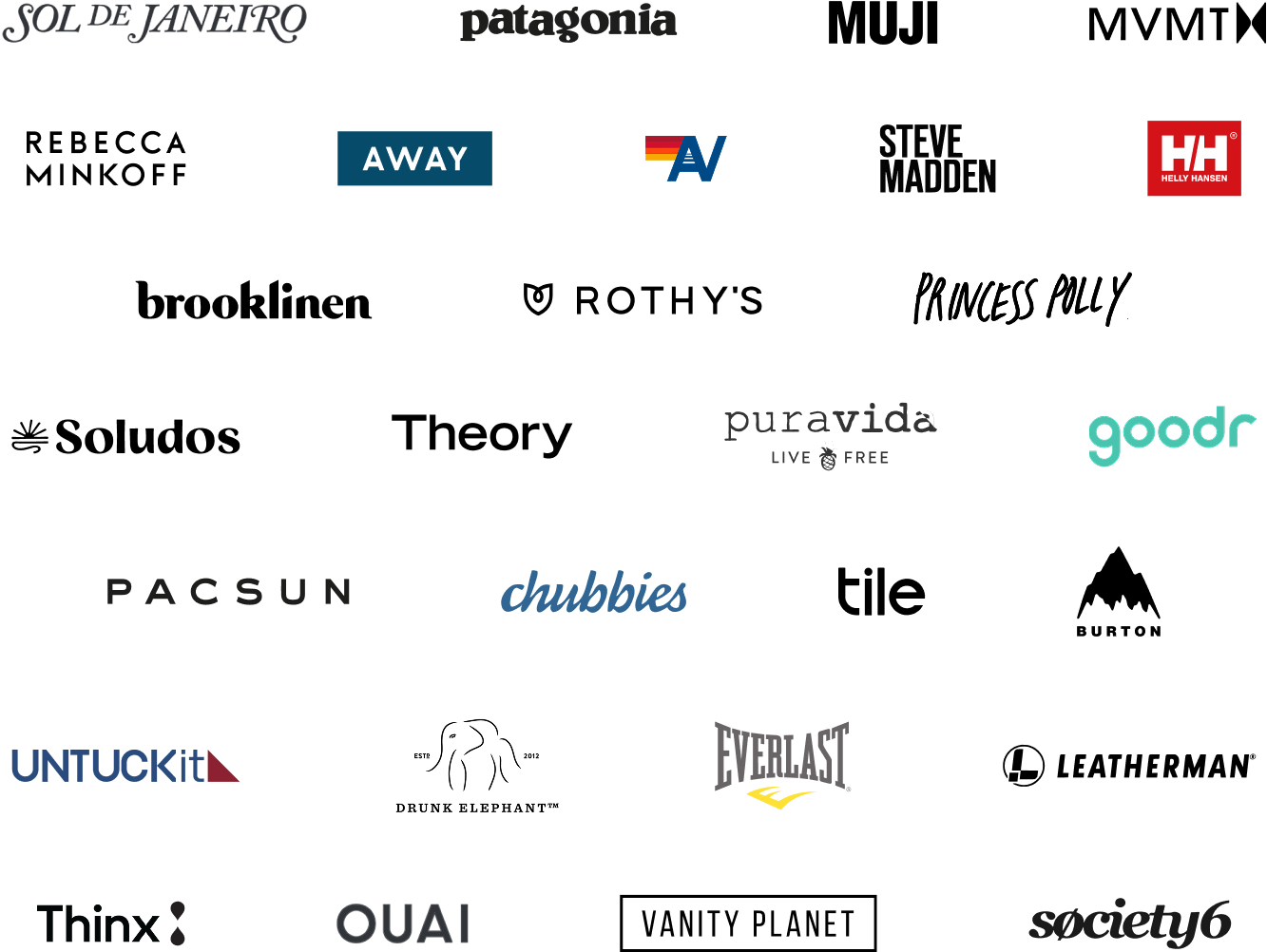Gamification powers customer retention by getting consumers addicted to your brand and product. Gamifying your strategy packs a serious punch.
Through a system of challenges and rewards, gamification enhances the online shopping experience, making it more social, competitive, and fun to build long-term brand loyalty.
Gamification is an important part of the consumer experience and becoming increasingly crucial in an era that demands interactivity to fuel engagement; however, many eCommerce stores are unsure of how to integrate gamification in a meaningful and effective way.
Here’s how to get in on the game.
The History of Gamification in eCommerce
If you start looking, you’ll find gamification has long been ingrained in our daily shopping experiences, although sometimes the strategies are so subtle we as consumers are unaware we are even participating in a game.
Remember infomercials’ popular closing call-to-action: “Call now to get a special deal”? This built off a central principle to gamification: urgency.
Or, take a look at loyalty airline cards and credit cards, which strengthened customer allegiance by offering rewards for using their brand’s card.
Retailers also caught on to the loyalty card trend and began offering their own reward cards, either as punch cards or store-specific credit cards.
It didn’t matter that the bonus points consumers earned held no worth outside of the card rewards, or that it took a disproportionate amount of purchases to earn a meaningful amount of points.
Consumers believed they were winning something by using the cards, which incentivized them to stay loyal to a specific brand.
Gamification is also prevalent in marketing campaigns. One of the longest-running gamification campaigns is McDonald’s famous Monopoly campaign, which has been successfully drawing participants since 1987.
In 2010, the game increased US sales by nearly 6 percent. The game increases AOV because consumers were motivated to place larger orders to get more tickets.
eBay and the Beginning of eCommerce Gamification
So how did these strategies carry over to the digital age? When commerce came to the internet, eBay was one of the first to integrate gamification in nearly every part of their business plan.
Their bidding system built off shoppers’ competitive natures and was ingrained with a sense of urgency that triggered impulsive purchases.
This strategy, once a staple of television infomercials, translated well to the internet where purchases could be made on-the-go rather than needing to physically visit a store to participate.
By only allowing a certain amount of deals or putting a timeframe on how long shoppers have to purchase, shoppers became motivated to snag a deal before it ran out.
Groupon is another prime example of an eCommerce company that relied on time-sensitive gaming elements.
Alibaba’s Singles’ Day sale and Black Friday and Cyber Monday sales further demonstrate the effect of perceived urgency. While this is one of the oldest consumer gaming techniques, it is still effective in driving impulsive sales.
During Alibaba’s recent Singles’ Day sale, urgency was pinnacle to the excitement around their sales. Many stores have now taken on similar deals during Black Friday, with new limited-time offers rolled out at regular time increments to encourage users to check back.
Applying gamification to your eCommerce strategy
Gamification strategies can easily be applied to eCommerce shops in any sector and of any size. Some of the most common forms of gamification in eCommerce today are reward programs and urgency-based deals.
However, while these are immensely beneficial for short-term boosts in sales, long-term strategies that offer rewards for interaction and engagement turn shoppers into repeat customers and loyal buyers. It’s important to identify your goals before delving into a gamification campaign so you know how to design for success and measurable results.
1. Turn one-time shoppers into repeat customers.
One-time shoppers can become loyal customers through reward programs that offer points for continued purchases. Additionally, coupons that must be redeemed at a later date incentivize return business.
2. Build positive brand association
Positive brand association is built through gaming techniques that make engaging with an eCommerce shop rewarding and enjoyable.
3. Increase time spent on site
When engaged in game playing, shoppers are naturally inclined to spend more time on a shop’s site, which can be leveraged to the store’s benefit by using this time to increase product knowledge. (Average amount of time visitors spent on a brand’s website more than doubled when using gamification campaigns.)
4. Boost social media engagement
Gamification works wonderfully with social media. Offering rewards for sharing product reviews on social media or interacting with a shop on social media significantly boosts engagement.
- How Much is Customer Loyalty Worth? [Data]
- Customer Loyalty Marketing Trends Explained
- 10 Innovative Ways to Improve Customer Retention, from our Optimization Expert
Not all gamers are created equal
Like shoppers, gamers are made up of a diverse group of participants. As in any other marketing strategy, you must understand your audience to create campaigns that appeal to them.
While the best gamification techniques offer something for every type of gamer, it’s important to understand dominant subgroups so you can created targeted campaigns to appeal especially to them. In general, gamers can be divided into three subgroups.
Fun-seekers
These are the gamers who you will find cozied up next to a book of Sodoku or immersed in the morning crossword puzzle. They play simply for the enjoyment of the process.
Best techniques for fun-seekers: Interactive advertisements, digital games that simulate real and familiar games, such as fortune wheels or word scrambles
Socializers
These are the Foursquare kings and Words with Friends junkies. Socializers are driven by competitiveness to achieve social benefits, such as recognition, networking, or communication opportunities.
They do best in games that offer tangible, measurable results, preferably with public recognition. they receive public recognition for their gaming achievements.
Best techniques for socializers: Give them tangible, measurable results in the form of public progress bars, leaderboards, badges
Reward Chasers
Most people have aspects of reward seekers, because who doesn’t like to receive benefits? However, primarily reward-chasing gamers are the ones most likely to fill your inbox with Dropbox or Uber invitations, not because of the social recognition they get for the email but because of the free storage space or rides they may receive for inviting referrals.
These players are most attracted by rewards in any form, whether points, virtual currency, discounts, free shipping, exclusive offers, and more.
Best games for reward chasers: Sweepstakes, contests, limited-time offers, daily bonus points
Many shoppers identify with one or more of these subgroups; however, understanding the dominant type in your audience can help you highlight games that will attract them.
It’s not a game if you don’t have any players
The best game isn’t any fun if no one is playing it. Many gamification methods are fueled by brand community collaboration, so how do you build and grow participation?
Fogg’s Behavior Model (FBM) says humans engage when motivation, ability, and triggers overlap. Games have the most long-term effectiveness when they know how to combine these three ingredients in proper proportion.
Motivation
Motivation is the drive to perform a behavior. As Maslow’s need theory states, motivation arises when we feel a need to satisfy a human need.
Ability
Ability means making the behavior easy to carry out. To maximize ability, take away any possible barriers or hesitations to playing. Don’t require users to sign up or delay their ability to play immediately.
After you hook them, you can build trust and then make requests for information or higher levels of involvement. You can boost the ability aspect by offering a large initial reward, like airlines who offer 40,000 miles upon sign up for a loyalty card although points accrue very slowly thereafter.
Trigger
The trigger is the call-to-action or request to get involved. After users are involved, triggers come in the form of reminders.













 Join a free demo, personalized to fit your needs
Join a free demo, personalized to fit your needs